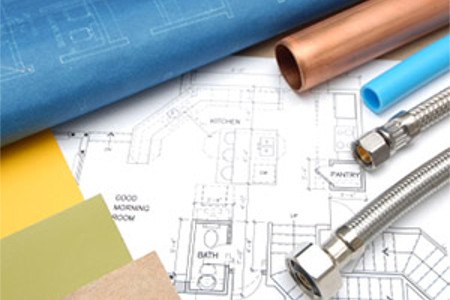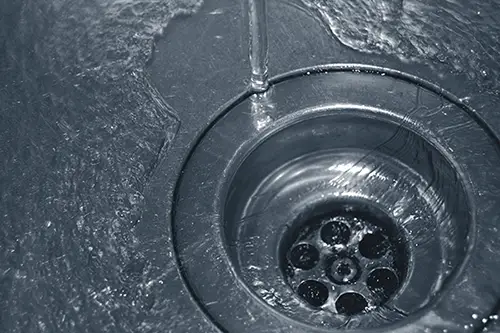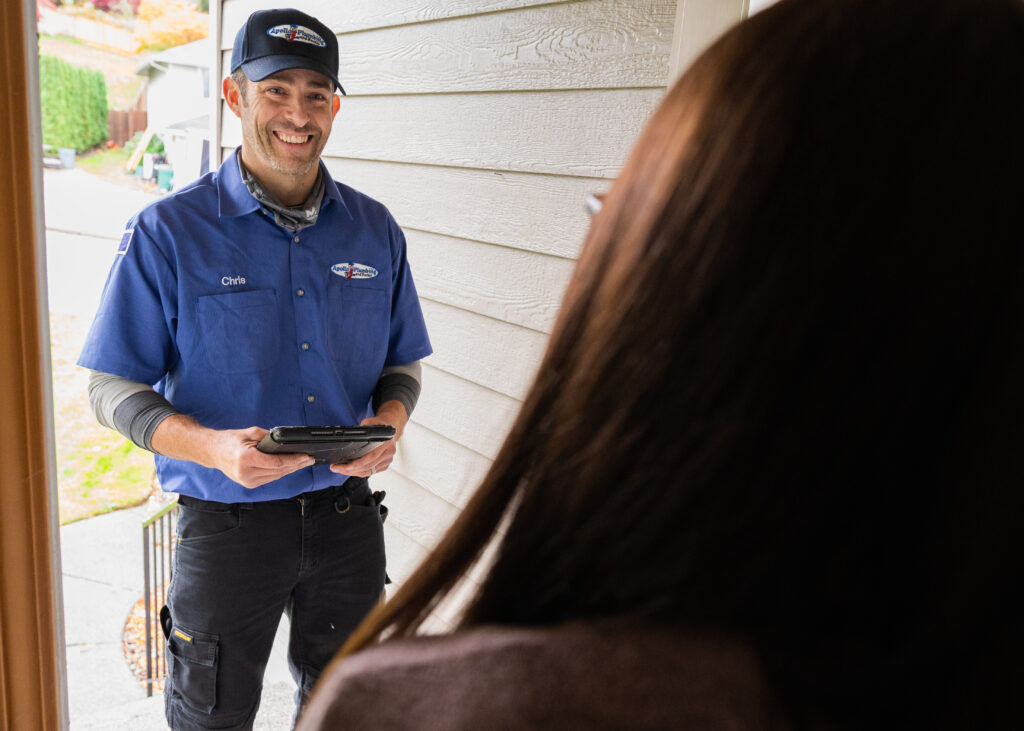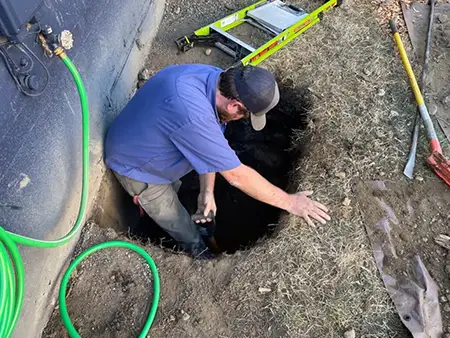
What It Takes to Become a Plumber
When most people think of a plumber, they still picture the outdated stereotype – a disheveled man hunched under a sink with an exposed belt line. But the truth is, that image belongs in the past.
Modern plumbers are highly trained and highly educated professionals. Since the implementation of the International Plumbing Code (IPC) and Uniform Plumbing Code (UPC), the path to becoming a licensed plumber has become increasingly rigorous. Licensing requirements now demand not only hands-on experience but also in-depth technical knowledge, ongoing education, and state certification.
The Journey Begins: The Plumbing Trainee Card
The first step toward becoming a licensed plumber is applying for and obtaining a plumbing trainee card. This allows aspiring plumbers to work on job sites under the supervision of licensed professionals while beginning to accumulate required hours.
All hours must be officially tracked and submitted to the state through notarized affidavits, ensuring that only verified experience counts toward licensure.
Understanding the Plumbing Licenses
Washington State has three primary plumbing license levels:
PL-04 (Residential Service)
- Limited to single-family homes and duplexes. Can service, repair, or replace existing fixtures and piping that are accessible (above floor or outside walls).
- Requirements: 4,000 hours (approximately 2 years).
PL-02 (Residential)
- Includes single-family dwellings, duplexes, and apartment buildings up to three stories.
- Requirements: 6,000 hours (approximately 3 years).
PL-01 (Journey Level)
- No restrictions – can work on all phases of plumbing, including residential and commercial.
- Requirements: 8,000 hours (approximately 4 years), with at least 4,000 hours in a commercial setting.
The Exam and Ongoing Education
After logging the necessary hours, plumbers must pass state exams ranging from 85 to 150 questions – all administered in closed-book, proctored environments. These exams cover complex math, code compliance, safety standards, and much more.
And it doesn’t stop there. Every licensed plumber must complete 24 hours of continuing education every renewal period to stay current with evolving codes, technologies, and safety protocols.
Why This Matters for Homeowners
Working with an unlicensed plumber may seem like a cost saving alternative. Who doesn’t like to save money? This alternative could result in a catastrophic flood or unsanitary contaminated water intrusion. From improperly vented systems to backflow disasters, the risks are real and costly. Unfortunately, this is all too common. We experience 2-4 service calls per week because of these mistakes. We will always be here when you call however 99% of these disasters can be avoided by working directly with a qualified service provider the first time.
That’s why at Apollo Plumbing, we ensure every technician is fully licensed, thoroughly trained, and up to date on all continuing education requirements. We take pride in the professionalism and expertise of our team – from the technical details to the elite customer service and warranties we provide.
So next time you call a plumber, skip the stereotype. When you partner with Apollo Plumbing, you’re hiring highly skilled professionals who take pride in protecting your home, your family, and your belongings.

 It may seem like your garbage disposal, drains and even toilets can accommodate a variety of waste and unwanted items. Through these plumbing features, you can easily watch those items be carried away and hopefully never think about them again. In reality, however, many types of trash and debris can pollute the water supply or cause damage to the water line. The types of plumbing repair work needed could range from draining cleaning with a snake or hydro jet to repiping the entire line. By paying attention to what you toss down the drain, you can avoid these issues. What should you avoid putting in your drains?
It may seem like your garbage disposal, drains and even toilets can accommodate a variety of waste and unwanted items. Through these plumbing features, you can easily watch those items be carried away and hopefully never think about them again. In reality, however, many types of trash and debris can pollute the water supply or cause damage to the water line. The types of plumbing repair work needed could range from draining cleaning with a snake or hydro jet to repiping the entire line. By paying attention to what you toss down the drain, you can avoid these issues. What should you avoid putting in your drains?
 Replacing a single sewer line can easily cost quite a bit. Rather than waste money on replacing your line, you can prevent issues through sewer line inspection and repair. If you can avoid expensive clogs and drainage issues through proper maintenance, you can end up saving thousands of dollars in the long run.
Replacing a single sewer line can easily cost quite a bit. Rather than waste money on replacing your line, you can prevent issues through sewer line inspection and repair. If you can avoid expensive clogs and drainage issues through proper maintenance, you can end up saving thousands of dollars in the long run.
 slowly from the sinks, tubs, and toilets. This problem can seem like an annoyance initially, but clogs will gradually grow in size. As this happens, the drains will function even more slowly. Eventually, you will have a complete clog, and no water will flow out of the drain.
slowly from the sinks, tubs, and toilets. This problem can seem like an annoyance initially, but clogs will gradually grow in size. As this happens, the drains will function even more slowly. Eventually, you will have a complete clog, and no water will flow out of the drain.